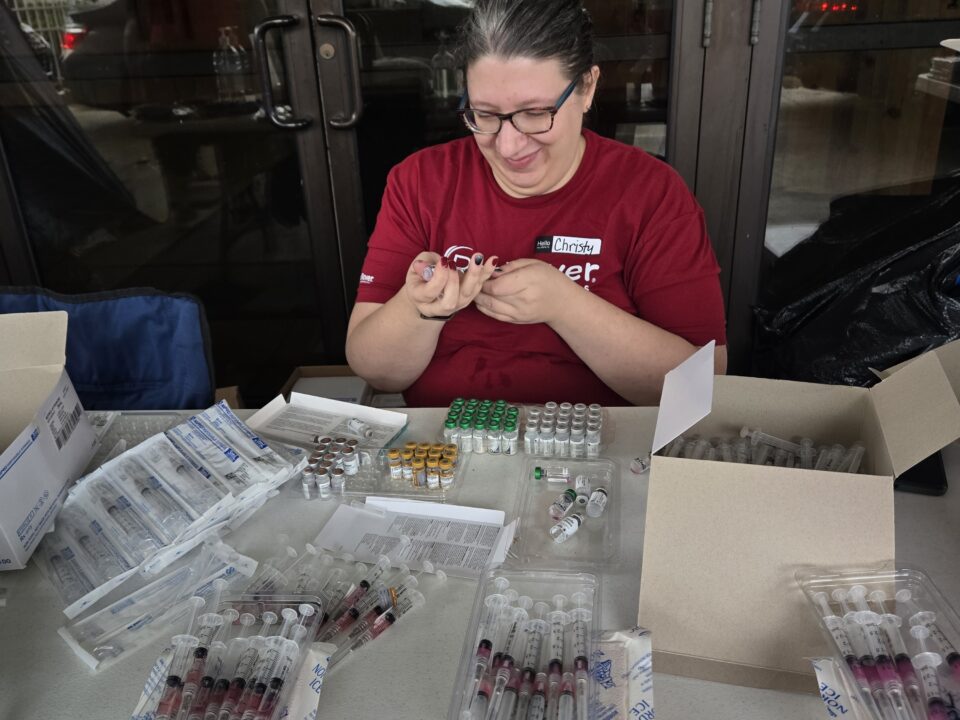Working with children on the spectrum: Autism Awareness Month
April 8th, 2022
By Amelia Saris, Project Coordinator II
April is #AutismAwarenessMonth and #AutismAcceptanceMonth! Do you know a child who is on the autism spectrum? Although every child is unique, here are some general things to keep in mind when interacting with children on the spectrum:
- Consistency is key! In general, children benefit from routines, but they can be particularly important to children on the autism spectrum. Establish consistent schedules and routines, and prepare the child ahead of time for changes. This will help set them up for success!
- Be aware of sensory sensitivities. Children on the autism spectrum can be especially sensitive to sound, touch, taste, smell and light. They may react strongly to loud noises, like a blender or an ambulance. They may like the feel of soft fabric or a pet’s fur, or be bothered by the way certain materials feel against their skin. Pay attention to what the child reacts positively and negatively to, so that you know what might be helpful to them and what might be best to avoid.
- Allow ample processing time. Any child can benefit from a little extra time to think, and children’s processing needs will vary. Children on the spectrum may need additional time to process and formulate a response. A good rule of thumb: When you ask the child a question, count to 10 in your head before re-phrasing or repeating it if they haven’t answered. It may seem like a long time to you, but can make a big difference to the child!
- Recognize and encourage them. Just as much as all children have a unique set of needs, they have unique gifts, too! What might they love to do? What might they be particularly good at? Pay attention to what energizes the child, and think about how you might help them develop any special talents they have. This can be crucial to helping them become a lifelong learner.
For more resources on autism spectrum disorder (ASD) visit autismsociety.org and nationalautismassociation.org. Looking for social and emotional learning resources for your child? Our RedRover Readers program uses stories about animals to help children develop the skills needed for empathy. Visit RedRover.org/Readers to learn more.
Sources:
- HelpGuide.org: Helping Your Child with Autism Thrive
- Love to Know: Tips for Working with Children with Autism
- Integrated Treatment Services: Delayed Processing in Autism
- National Autistic Society (UK): How to Talk about Autism
- Chicago Health: Recognizing the Special Talents of the People on the Autism Spectrum



